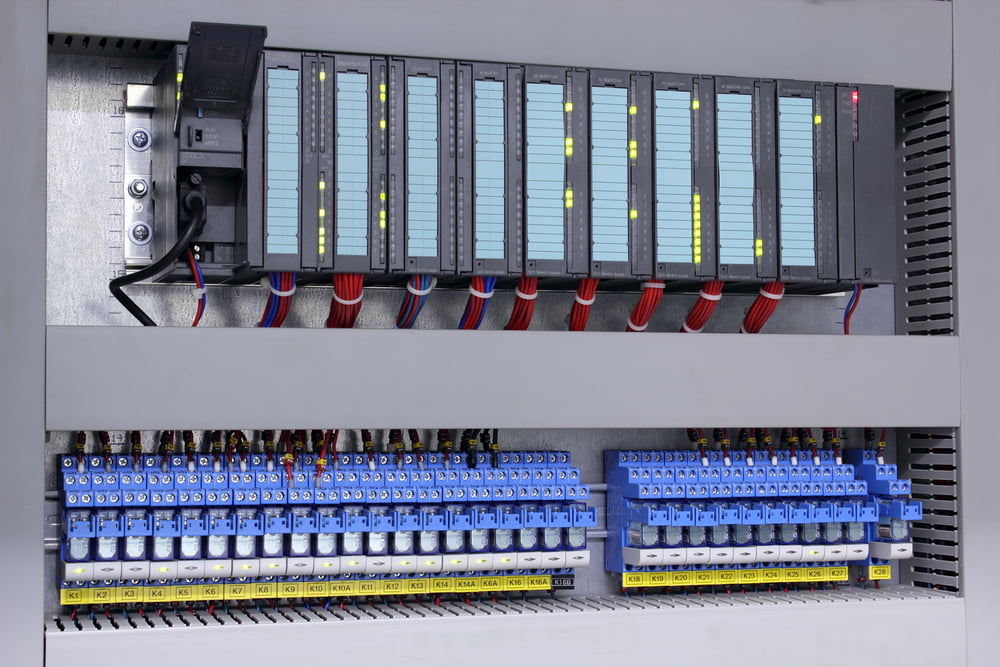Extending Electrical Component Life with Enclosure Air Conditioners

Years ago the use of electrical components made a move from “handy gadget” to “critical equipment.” Computer servers, hard drives, displays and controls all serve as the nerve center to many industries like telecommunications, transportation, manufacturing and elevator controls just to name a few.
And while many forces can wreak havoc on these systems, the chief enemy is not a hacker or the weather, it is heat. Without question, installing the right enclosure air conditioners will add years to the lives of your systems and increase reliability. Enclosures are made to protect and secure the components they house, but without proper cooling, the lifespans of those components will be limited and security won’t mean much.
Keep three factors in mind when dealing with temperature inside an electrical enclosure —heat management, sources and cooling.
Managing Heat Proactively
Every business has a contingency plan in place in case of system failure and this is a sensible idea. Enclosure air conditioners can flip that reactive approach to the proactive by helping you manage the thermal conditions inside your electrical enclosure. The life of your electrical components will be extended if they are maintained below their maximum recommended temperatures.
It’s simple, operating above a recommended temperature increases the likelihood of a premature failure. You probably won’t see some spectacular overheating event with smoke and fire. What you will see is a system failure and damage to your bottom line as you replace expensive electrical components sooner than expected. Manage this as part of your business.
Sources of Heat
The electrical components you’re trying keep cool are also the cause of the heat. In fact, almost all of the input power not used by electrical components is converted to heat. To plan for this, most manufacturers can help you with efficiency calculations for estimating heat generation. This will also assist the makers of enclosure air conditioners when trying to help you find the right product.
The temperature and movement of the air outside the enclosure, or ambient air, will also play a role in your calculations. Plus, for enclosures located outdoors you need to account for solar heat that can be transferred inside the enclosure.
Cooling down
Enclosure air conditioners have some big differences from air conditioners used in the office for human comfort. Air conditioners for the purpose of cooling an electrical enclosure use a closed-loop design that recirculates only the air inside the enclosure.
It’s important to understand what temperature should be maintained for the best operation and longest life. It’s usually not 75 degrees like your home or office. In most cases, a temperature under 104°F is an acceptable operating temperature for electrical equipment. (ALWAYS reference the manual for the specific component to find this information.) This means that an enclosure temperature that balances the air conditioner’s efficiency and the equipment requirement is typically between 90 and 100 degrees.
Planning for the temperature control of your electrical enclosures is the key to finding the right air conditioner and extending the life of critical components. Gather the right information and prepare for all the factors. You may even find out you’re making your enclosures too big, or too cool, and cost savings can be realized with a smart adjustment.
If you don’t have time for planning, calculating and designing, call an expert at Thermal Edge Inc. for an estimate on your specific application.


